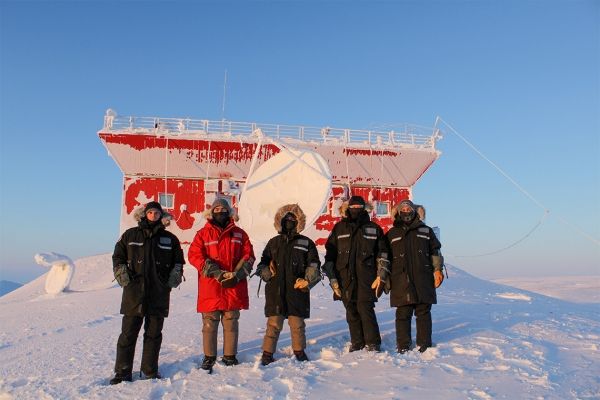For just over two decades, students and post-doctoral researchers working with the University of Toronto’s Kimberly Strong and Kaley Walker have traveled to Eureka, Nunavut, in the Canadian High Arctic each spring to make unique measurements of atmospheric trace gases.
Strong is chair of the department of physics and Walker is a professor in the department. Together with department colleagues and researchers from Dalhousie University and York University, the team had another extraordinary opportunity last winter to work at the Polar Environment Atmospheric Research Laboratory (PEARL).
The three-week campaign yielded valuable measurements obtained using a wide variety of instruments. The measurements are used to validate data gathered by satellites and to investigate a variety of atmospheric phenomena. This year, the team observed record low levels of Arctic ozone and is currently analyzing these results to understand why conditions were so different.
But why go to this remote location? At 80 degrees north, PEARL is 1,100 kilometres from the North Pole. And why at this time of the year when temperatures can plunge to -50 C before windchill?
Continue reading at University of Toronto.
Image via Ramina Alwarda.


